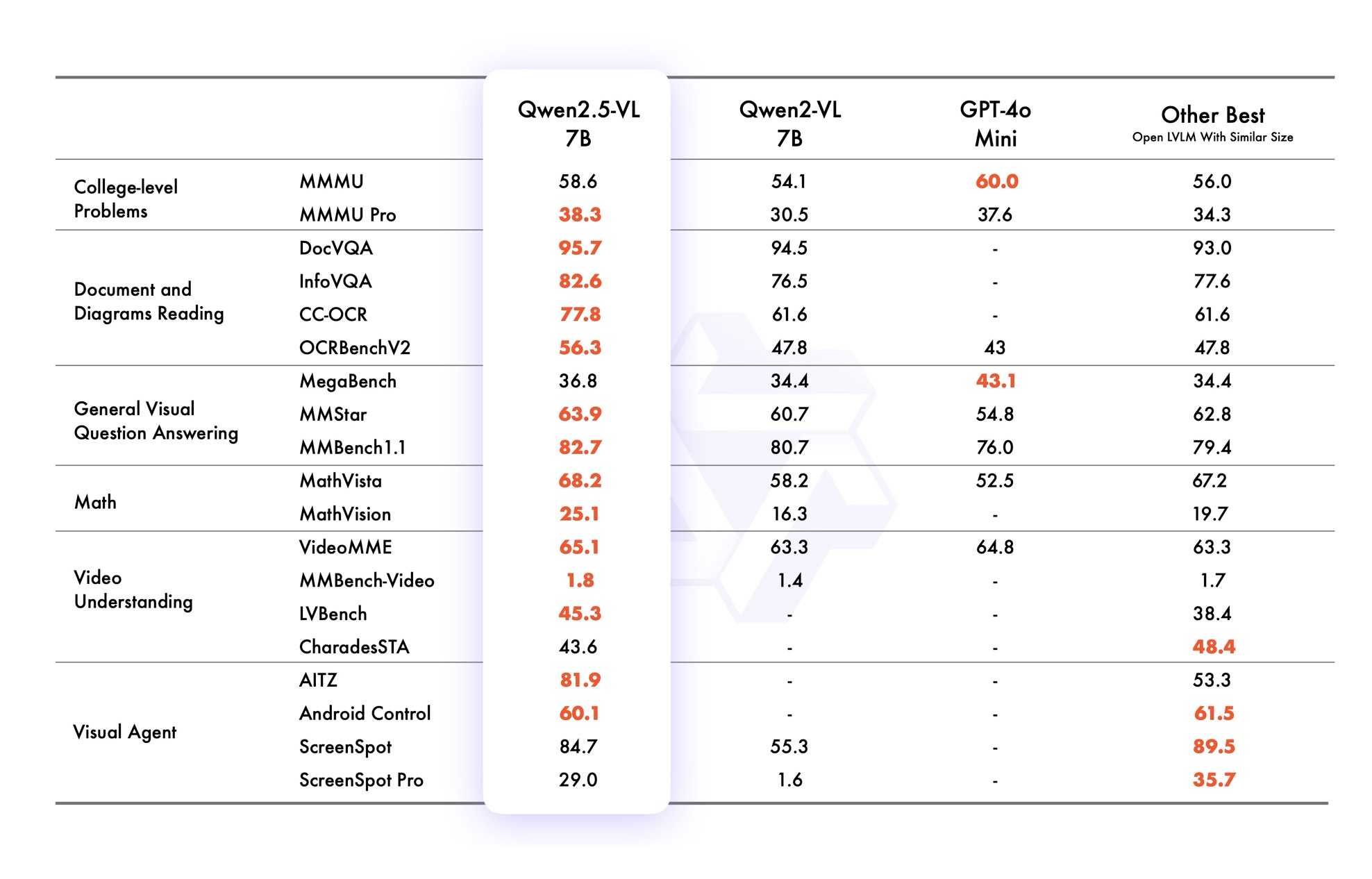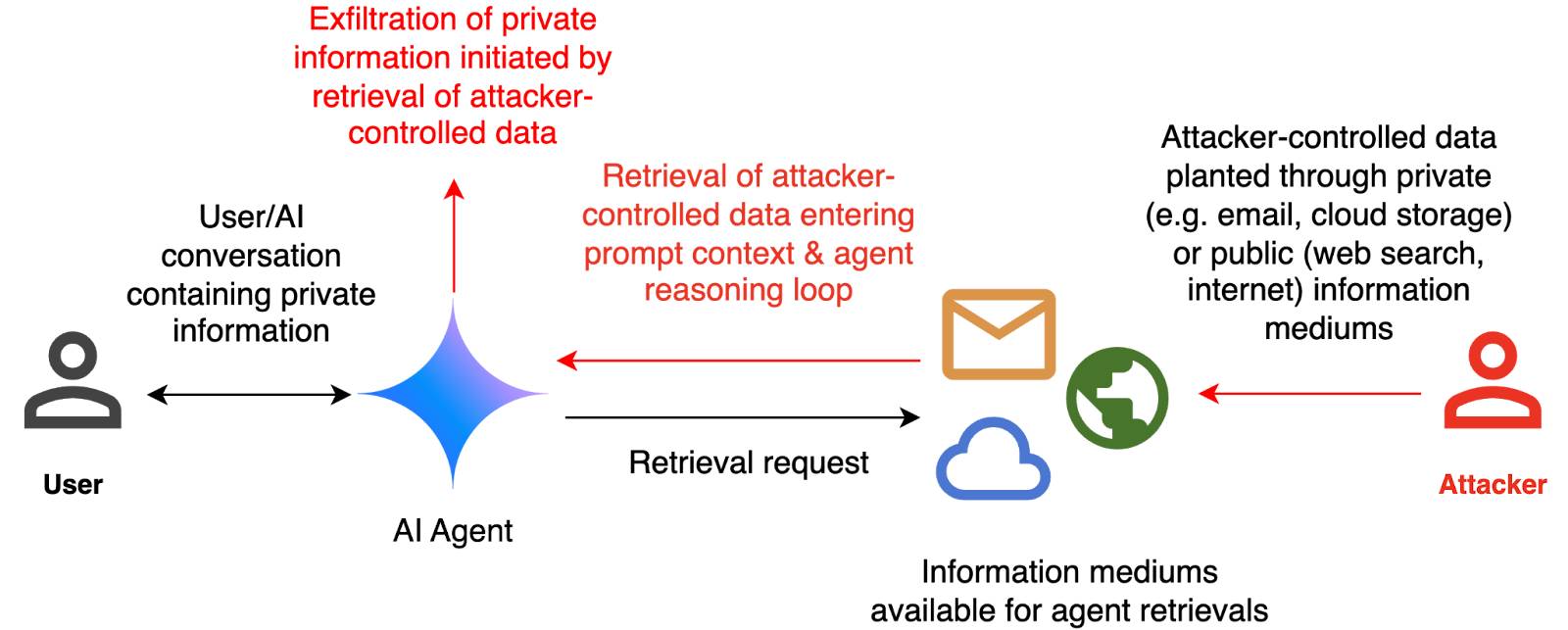Monday, 27th January 2025
The impact of competition and DeepSeek on Nvidia (via) Long, excellent piece by Jeffrey Emanuel capturing the current state of the AI/LLM industry. The original title is "The Short Case for Nvidia Stock" - I'm using the Hacker News alternative title here, but even that I feel under-sells this essay.
Jeffrey has a rare combination of experience in both computer science and investment analysis. He combines both worlds here, evaluating NVIDIA's challenges by providing deep insight into a whole host of relevant and interesting topics.
As Jeffrey describes it, NVIDA's moat has four components: high-quality Linux drivers, CUDA as an industry standard, the fast GPU interconnect technology they acquired from Mellanox in 2019 and the flywheel effect where they can invest their enormous profits (75-90% margin in some cases!) into more R&D.
Each of these is under threat.
Technologies like MLX, Triton and JAX are undermining the CUDA advantage by making it easier for ML developers to target multiple backends - plus LLMs themselves are getting capable enough to help port things to alternative architectures.
GPU interconnect helps multiple GPUs work together on tasks like model training. Companies like Cerebras are developing enormous chips that can get way more done on a single chip.
Those 75-90% margins provide a huge incentive for other companies to catch up - including the customers who spend the most on NVIDIA at the moment - Microsoft, Amazon, Meta, Google, Apple - all of whom have their own internal silicon projects:
Now, it's no secret that there is a strong power law distribution of Nvidia's hyper-scaler customer base, with the top handful of customers representing the lion's share of high-margin revenue. How should one think about the future of this business when literally every single one of these VIP customers is building their own custom chips specifically for AI training and inference?
The real joy of this article is the way it describes technical details of modern LLMs in a relatively accessible manner. I love this description of the inference-scaling tricks used by O1 and R1, compared to traditional transformers:
Basically, the way Transformers work in terms of predicting the next token at each step is that, if they start out on a bad "path" in their initial response, they become almost like a prevaricating child who tries to spin a yarn about why they are actually correct, even if they should have realized mid-stream using common sense that what they are saying couldn't possibly be correct.
Because the models are always seeking to be internally consistent and to have each successive generated token flow naturally from the preceding tokens and context, it's very hard for them to course-correct and backtrack. By breaking the inference process into what is effectively many intermediate stages, they can try lots of different things and see what's working and keep trying to course-correct and try other approaches until they can reach a fairly high threshold of confidence that they aren't talking nonsense.
The last quarter of the article talks about the seismic waves rocking the industry right now caused by DeepSeek v3 and R1. v3 remains the top-ranked open weights model, despite being around 45x more efficient in training than its competition: bad news if you are selling GPUs! R1 represents another huge breakthrough in efficiency both for training and for inference - the DeepSeek R1 API is currently 27x cheaper than OpenAI's o1, for a similar level of quality.
Jeffrey summarized some of the key ideas from the v3 paper like this:
A major innovation is their sophisticated mixed-precision training framework that lets them use 8-bit floating point numbers (FP8) throughout the entire training process. [...]
DeepSeek cracked this problem by developing a clever system that breaks numbers into small tiles for activations and blocks for weights, and strategically uses high-precision calculations at key points in the network. Unlike other labs that train in high precision and then compress later (losing some quality in the process), DeepSeek's native FP8 approach means they get the massive memory savings without compromising performance. When you're training across thousands of GPUs, this dramatic reduction in memory requirements per GPU translates into needing far fewer GPUs overall.
Then for R1:
With R1, DeepSeek essentially cracked one of the holy grails of AI: getting models to reason step-by-step without relying on massive supervised datasets. Their DeepSeek-R1-Zero experiment showed something remarkable: using pure reinforcement learning with carefully crafted reward functions, they managed to get models to develop sophisticated reasoning capabilities completely autonomously. This wasn't just about solving problems— the model organically learned to generate long chains of thought, self-verify its work, and allocate more computation time to harder problems.
The technical breakthrough here was their novel approach to reward modeling. Rather than using complex neural reward models that can lead to "reward hacking" (where the model finds bogus ways to boost their rewards that don't actually lead to better real-world model performance), they developed a clever rule-based system that combines accuracy rewards (verifying final answers) with format rewards (encouraging structured thinking). This simpler approach turned out to be more robust and scalable than the process-based reward models that others have tried.
This article is packed with insights like that - it's worth spending the time absorbing the whole thing.
ggml : x2 speed for WASM by optimizing SIMD
(via)
PR by Xuan-Son Nguyen for llama.cpp:
This PR provides a big jump in speed for WASM by leveraging SIMD instructions for
qX_K_q8_KandqX_0_q8_0dot product functions.Surprisingly, 99% of the code in this PR is written by DeekSeek-R1. The only thing I do is to develop tests and write prompts (with some trails and errors)
They shared their prompts here, which they ran directly through R1 on chat.deepseek.com - it spent 3-5 minutes "thinking" about each prompt.
I've been seeing some very promising results from DeepSeek R1 for code as well. Here's a recent transcript where I used it to rewrite the llm_groq.py plugin to imitate the cached model JSON pattern used by llm_mistral.py, resulting in this PR.
I tried the same thing against o1, but I think DeepSeek R1 did it better. In particular, from the R1 chain of thought:
Wait, but in the model_map, "groq-gemma" maps to "gemma-7b-it". So, perhaps the model_map is needed to map the local model IDs to the actual Groq model names.
But since the model_map is hardcoded, and the API returns available models, perhaps the model_map should be built dynamically from the API response.
Alternatively, perhaps the model_map can be eliminated, and the models are registered based on the fetched models.
Wait, perhaps the model_map is no longer necessary. Instead, when the models are fetched from the API, each model's "id" is the actual model name used in the Groq API. So, when registering the models, the local model ID is "groq-{id}", and the groq_model_id is "id".
(It thought about model_map a lot before finally deciding to eliminate it, which was also my preferred resolution.)
Qwen2.5 VL! Qwen2.5 VL! Qwen2.5 VL! Hot on the heels of yesterday's Qwen2.5-1M, here's Qwen2.5 VL (with an excitable announcement title) - the latest in Qwen's series of vision LLMs.
They're releasing multiple versions: base models and instruction tuned models at 3B, 7B and 72B. There's a lot of additional information in their README.
The 72B model can be selected on Qwen's Qwen Chat interface. I gave it this image of our dog Cleo joy rolling on the beach:

And prompted:
Describe this image in detail, be flowery
(Since the Qwen team tends to use flowery language in their announcements.)
Here's what I got back:
In this enchanting tableau, a canine companion finds solace in the embrace of nature's softest bed. The sandy expanse stretches out like an endless canvas, its surface etched with the delicate imprints of countless wanderers who have come and gone, leaving behind a tapestry of footprints that whisper tales of joyous romps and serene strolls.
The dog, a vision of contentment, lies sprawled upon the sand, its dark fur gleaming under the gentle caress of the sun. Its body is relaxed, limbs splayed in abandon, as if it has surrendered to the soothing rhythm of the beach. A vibrant red collar adorns its neck, a splash of color against the muted tones of the surroundings, hinting at the care and love bestowed upon this cherished pet.
The sand itself is a work of art, its grains shimmering with a silvery sheen that catches the light. Here and there, small tufts of seaweed peek through, remnants of the ocean's bounty, adding a touch of wild beauty to the scene. The shadows cast by unseen objects dance across the sand, creating a play of light and dark that lends an air of mystery to the tranquil setting.
This moment, frozen in time, speaks of peace and harmony, where man's best friend finds respite in the simple pleasures of life. It is a scene that invites one to pause, breathe deeply, and revel in the serenity of nature's embrace.
I'm looking forward to trying out their smaller models - the 3B model in particular should be small enough to run comfortably even on an iPhone, so hopefully someone will wire up an example of that soon (maybe using MLX).
VB points out that the vision benchmarks for Qwen 2.5 VL 7B show it out-performing GPT-4o mini!

Qwen2.5 VL cookbooks
Qwen also just published a set of cookbook recipes:
- universal_recognition.ipynb demonstrates basic visual Q&A, including prompts like
Who are these in this picture? Please give their names in Chinese and Englishagainst photos of celebrities, an ability other models have deliberately suppressed. - spatial_understanding.ipynb demonstrates bounding box support, with prompts like
Locate the top right brown cake, output its bbox coordinates using JSON format. - video_understanding.ipynb breaks a video into individual frames and asks questions like
Could you go into detail about the content of this long video? - ocr.ipynb shows
Qwen2.5-VL-7B-Instructperforming OCR in multiple different languages. - document_parsing.ipynb uses Qwen to convert images of documents to HTML and other formats, and notes that "we introduce a unique Qwenvl HTML format that includes positional information for each component, enabling precise document reconstruction and manipulation."
- mobile_agent.ipynb runs Qwen with tool use against tools for controlling a mobile phone, similar to ChatGPT Operator or Claude Computer Use.
- computer_use.ipynb showcases "GUI grounding" - feeding in screenshots of a user's desktop and running tools for things like left clicking on a specific coordinate.
Running it with mlx-vlm
Update 30th January 2025: I got it working on my Mac using uv and mlx-vlm, with some hints from this issue. Here's the recipe that worked (downloading a 9GB model from mlx-community/Qwen2.5-VL-7B-Instruct-8bit):
uv run --with 'numpy<2' --with 'git+https://github.com/huggingface/transformers' \
--with mlx-vlm \
python -m mlx_vlm.generate \
--model mlx-community/Qwen2.5-VL-7B-Instruct-8bit \
--max-tokens 100 \
--temp 0.0 \
--prompt "Describe this image." \
--image path-to-image.pngI ran that against this image:

And got back this result:
The image appears to illustrate a flowchart or diagram related to a cybersecurity scenario. Here's a breakdown of the elements:
- User: Represented by a simple icon of a person.
- AI Agent: Represented by a blue diamond shape.
- Attacker: Represented by a red icon of a person.
- Cloud and Email Icons: Represented by a cloud and an envelope, indicating data or information being transferred.
- Text: The text
DeepSeek Janus-Pro. Another impressive model release from DeepSeek. Janus is their series of "unified multimodal understanding and generation models" - these are models that can both accept images as input and generate images for output.
Janus-Pro is the new 7B model, which DeepSeek describe as "an advanced version of Janus, improving both multimodal understanding and visual generation significantly". It's released under the not fully open source DeepSeek license.
Janus-Pro is accompanied by this paper, which includes this note about the training:
Our Janus is trained and evaluated using HAI-LLM, which is a lightweight and efficient distributed training framework built on top of PyTorch. The whole training process took about 7/14 days on a cluster of 16/32 nodes for 1.5B/7B model, each equipped with 8 Nvidia A100 (40GB) GPUs.
It includes a lot of high benchmark scores, but closes with some notes on the model's current limitations:
In terms of multimodal understanding, the input resolution is limited to 384 × 384, which affects its performance in fine-grained tasks such as OCR. For text-to-image generation, the low resolution, combined with reconstruction losses introduced by the vision tokenizer, results in images that, while rich in semantic content, still lack fine details. For example, small facial regions occupying limited image space may appear under-detailed. Increasing the image resolution could mitigate these issues.
The easiest way to try this one out is using the Hugging Face Spaces demo. I tried the following prompt for the image generation capability:
A photo of a raccoon holding a handwritten sign that says "I love trash"
And got back this image:

It's now also been ported to Transformers.js, which means you can run the 1B model directly in a WebGPU browser such as Chrome here at webml-community/janus-pro-webgpu (loads about 2.24 GB of model files).